The world never changes exactly how you expect, but often a failure determines the future as and more than a success, because it sets the stage for what will come.
Over the past 10 years we have learned that the fairy tale of the startup born in the garage is almost never repeated, and large companies often and willingly fail despite the triumphs narrated by their press offices. Here are technological flops that marked the decade, sacrificial victims on the altar of the future.
Google Nexus Q
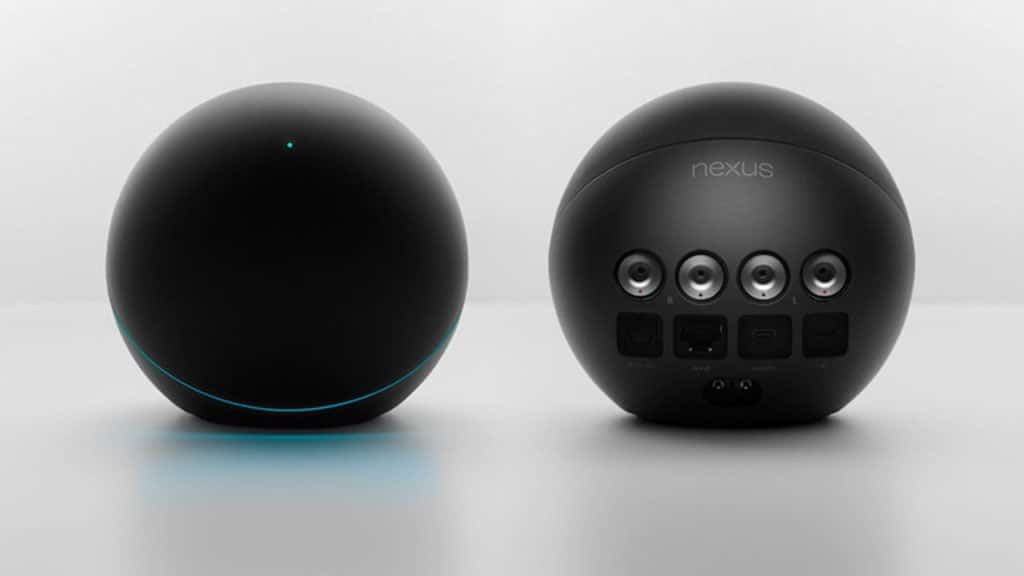
Everyone was confused by Google's Nexus Q when it debuted in 2012, and confusion is why this bowling-ball-looking media streamer has still failed to hit the market. Priced at $299, plus another $399 for speakers and $49 for cables, the Nexus Q was incredibly expensive for a paperweight. Only streamed from YouTube, had strange connection issues; it required an app just to change the settings. Shortly after the launch was announced, Google pushed back the official release date of the Nexus Q, telling users who had pre-ordered it that the company had "decided to push back the launch to make it even better." That launch never came: Google quietly shelved the device (while deflecting discontinuation rumors) and gave away the remaining prototypes for free. To the delight of collectors of technological flops.
LeEco (also known as LeTV)
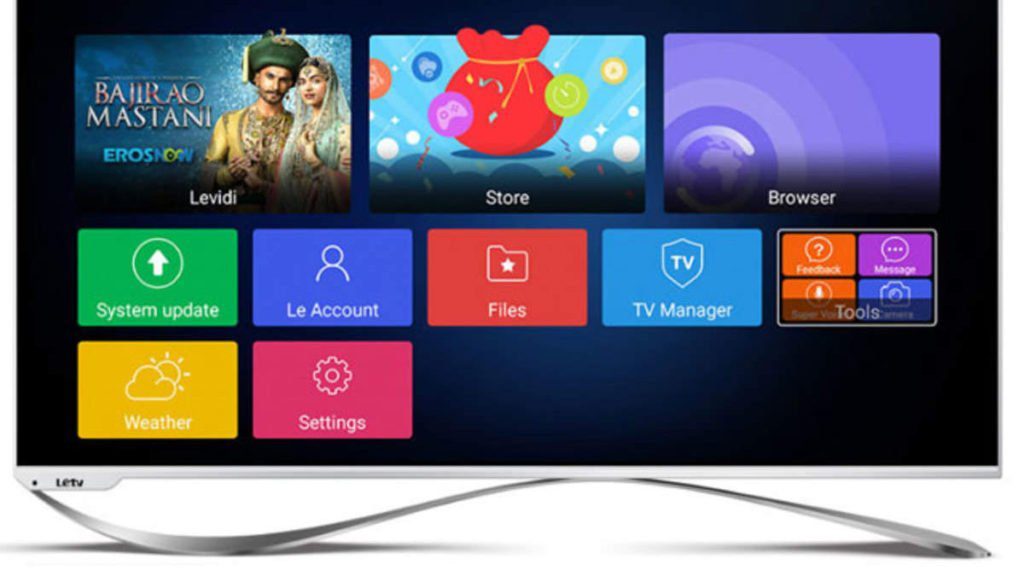
LeEco, the “Chinese Netflix,” was supposed to be the next Chinese tech company to make an appearance in the West. But LeEco's two biggest bets (the acquisition of Californian TV maker Vizio and a Tesla competitor called Faraday Future) ended up tarnishing its reputation and the company's plans. Regulatory hurdles scuttled its plans to acquire Vizio, which was supposed to be LeEco's big entry into the entertainment market. The result? An embarrassing retirement and a couple of lawsuits.
Apple Watch Edition
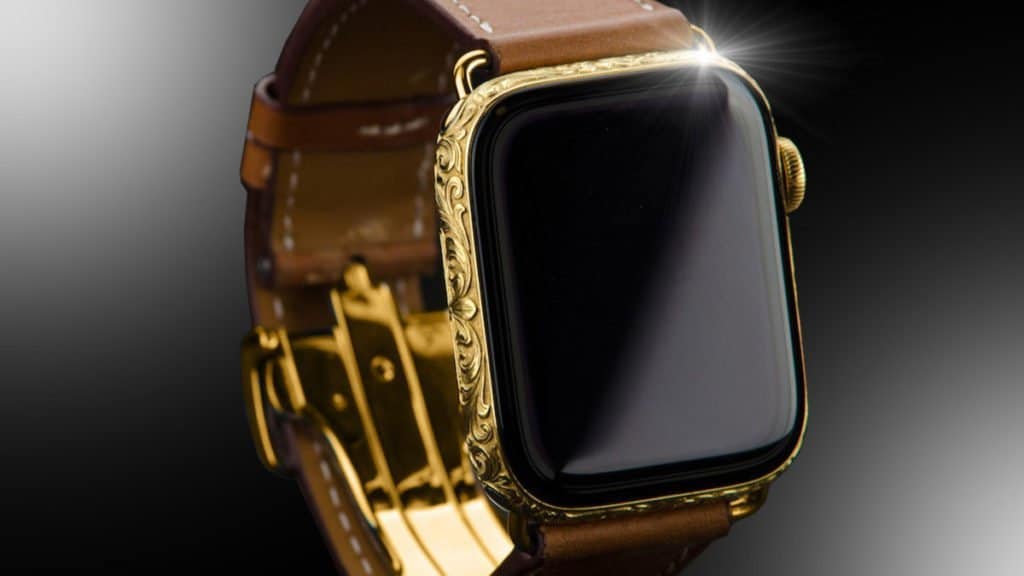
Apple really thought people would want a $ 17.000 smartwatch. He believed it, really.
Before the release of the Apple Watch in 2015, a lavish 18-karat gold “Edition” model began appearing on the wrists of celebrities like Beyoncé. At that price, however, the good Jesus himself could have worn it: nobody spends that money on an item that becomes obsolete in 10 months. It is not a Rolex.
With the first versions managed to realistically address the market, the ceramic glass case and the decidedly lower price put the crazy project of the luxury Apple Watch in the attic. Or should I call it Apple Watch Flop Edition?
JooJoo
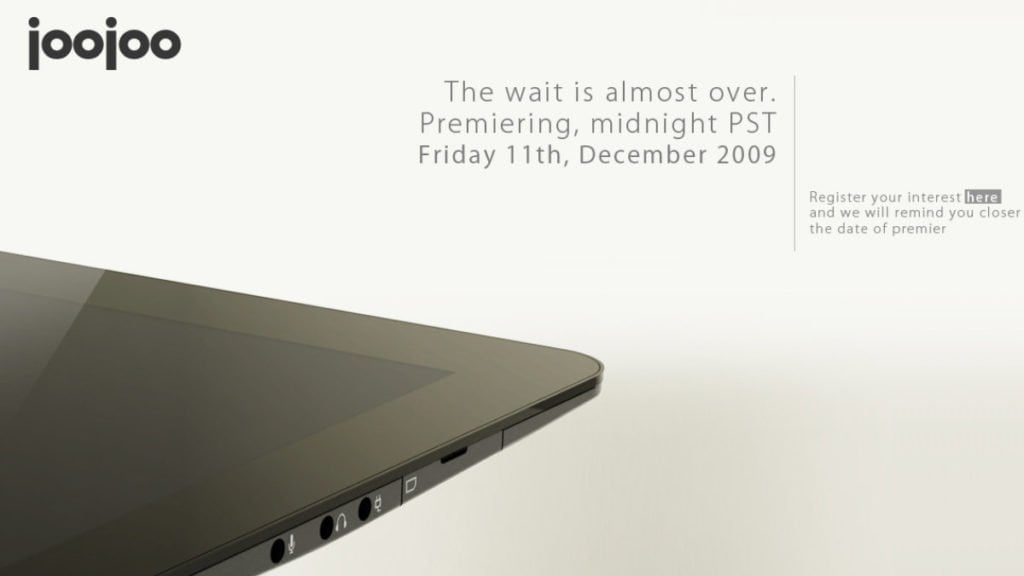
Among the technological flops, perhaps the most unfortunate. Maybe. Originally known as CrunchPad, JooJoo was one of the first tablets. Two years before Apple announced the iPad, TechCrunch co-founder Michael Arrington asked his readers to help him build the $200 computer. Hardware issues led to the final product costing $500 and a very late launch, just days before the launch of Apple's iPad. And JooJoo, born too long ago, had practically no features compared to the new Apple tablet. Inevitable disaster.
Google Reader
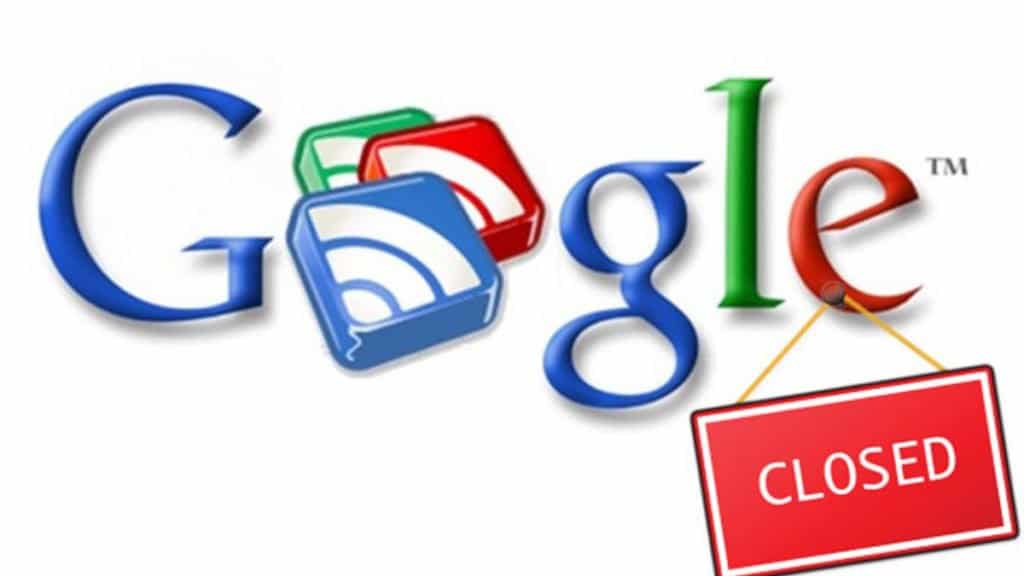
In 2019, Google Reader finally got the tombstone it deserved. It's not the first or last time Google nixed an idea, but it was certainly one of the dumbest: Google's decision to kill the beloved RSS reader in 2013, despite protests and probably just to save costs of the server. Practically a death blow to the RSS Feed as a news distribution technology. I still mourn his loss.
Secret
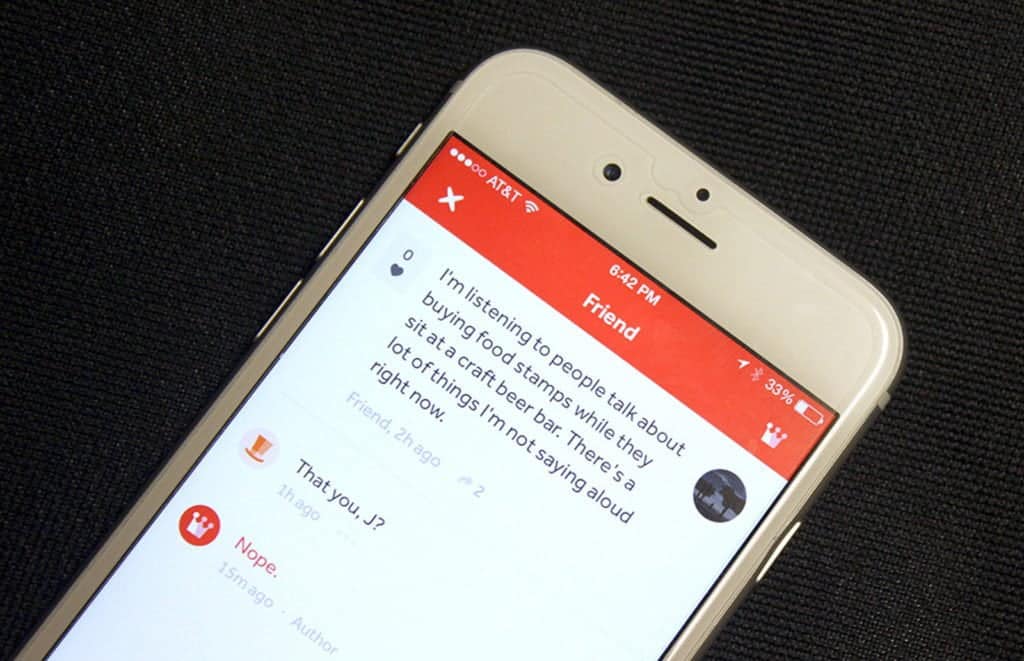
For a brief moment in 2014, “anonymous” social media was all the rage. Secret showed you messages from your friends and friends of friends, without identifying anyone by name. The result was a relatively safe space to talk about sex, drugs, and other things that would drive you off Facebook. It amassed 15 million users almost immediately and raised 35 million in funding. But the lesson we have learned over the last decade is that nothing can remain anonymous for long. No lasting identity, no lasting social media. Just 16 months after launch, Secret's co-founder pulled the plug on his own, sending Secret to the anonymous app graveyard along with Yik Yak, Ask.fm, Formspring and others. The founders are still committed to returning money to investors, and may have kept a few million for themselves.
Magic Leap
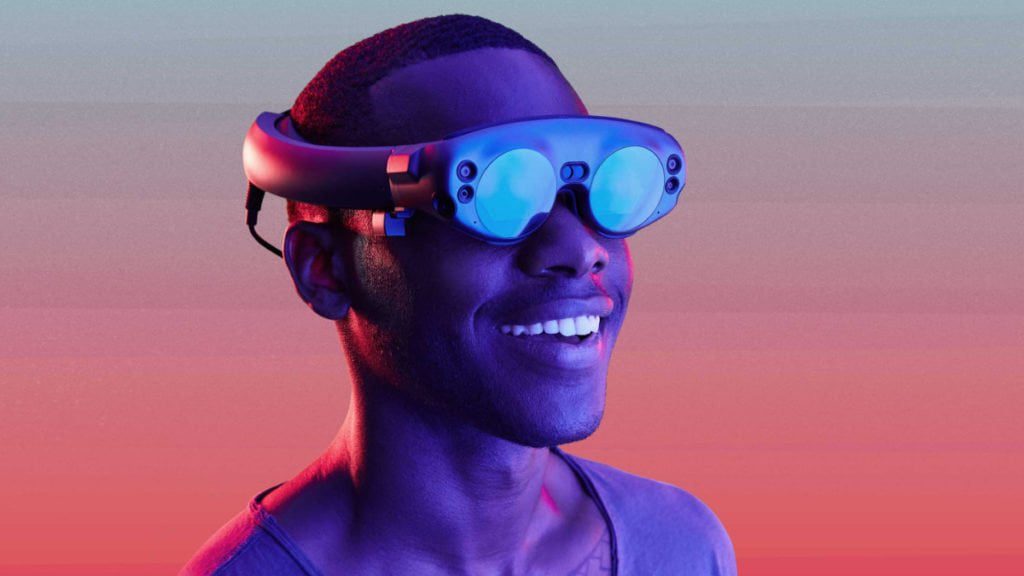
When Google suddenly put half a billion dollars in the Magic Leap cases, the unknown AR startup seemed ready to change everything, despite the fact that nobody knew anything about its product, and since then things have gone more or less the same way.
Magic Leap illustrated a bunch of high-sounding patents with lots of stolen sci-fi imagery and promised disaster. In reality, the first product was very similar to the current Microsoft HoloLens, but without a business model or an established company behind it. For $ 2,6 billion raised, Magic Leap sold only 6000 pieces.
Microsoft Band
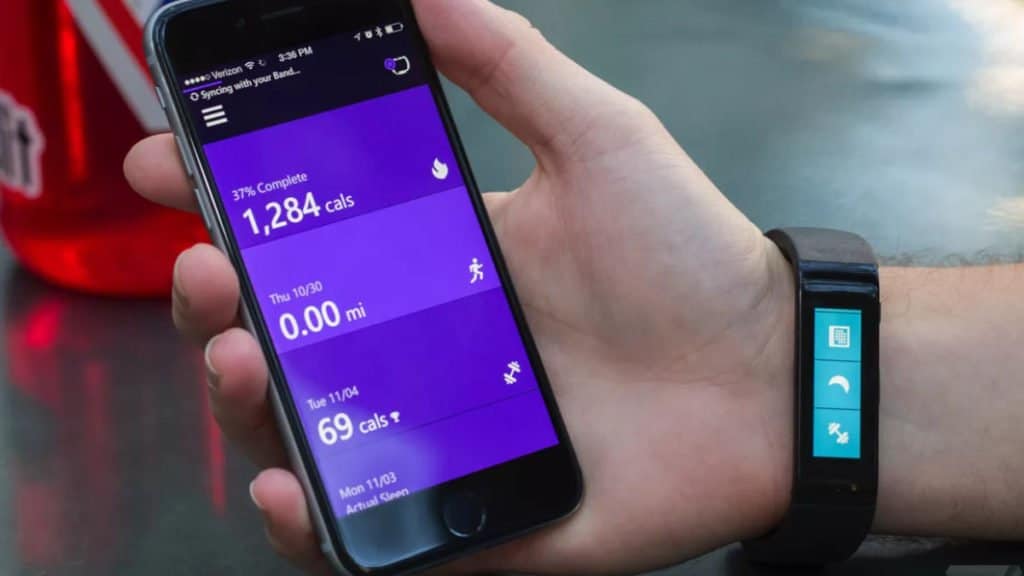
Microsoft's first attempt at wearable hardware seemed more like a social experiment. Yes, you could use Band to buy a coffee at Starbucks, but not even Starbucks could save this gadget from death after the release of a second version that was perhaps even worse than the first. Microsoft eventually cut its losses by shutting down servers and offering refunds to apologize to users.
Solyndra
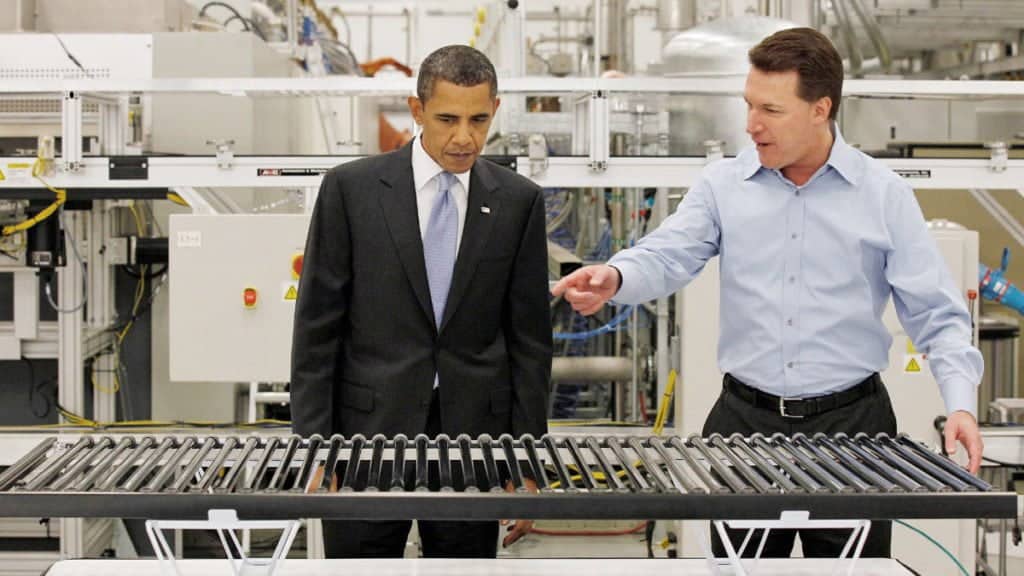
Of all the endorsements an energy company might seek, having a President as an ambassador is probably at the top of the list.
That was the fortunate position Solyndra found itself around 2009, when its circular solar panels caught Obama's attention. The company had everything the Obama administration wanted: innovative and efficient design, potential to provide hundreds of new jobs, and billions of dollars in financing. The only problem was that there was actually no business plan. Solyndra went bankrupt in just two years, due to skyrocketing costs and a nearly non-existent customer base.
I put
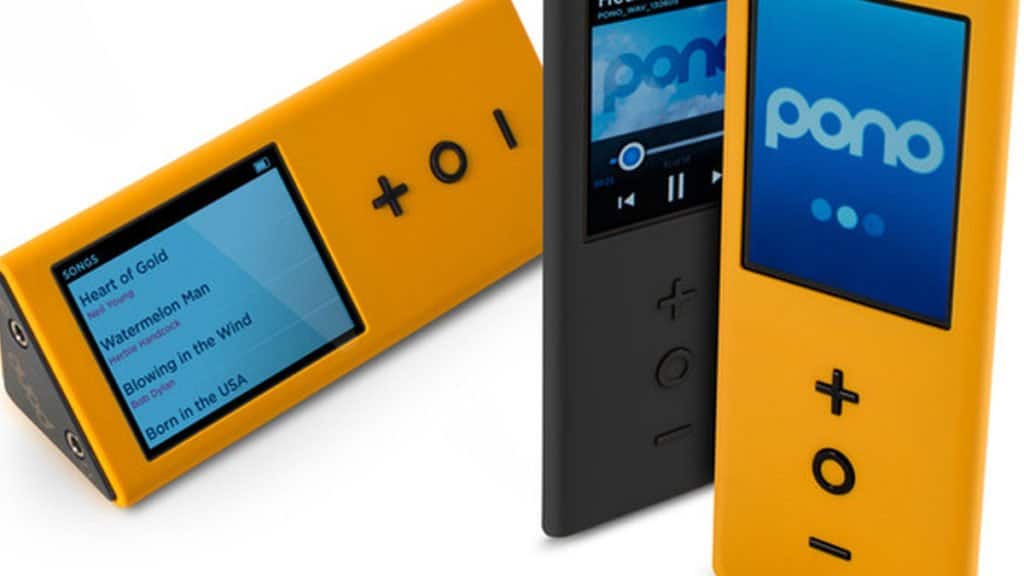
Neil Young spent years disparaging MP3s, iTunes, and digital music as a whole, insisting that the compressed sound quality ruined the listening experience compared to CDs and vinyl. In 2012 he tried to solve the problem himself, announcing the Pono music player and a store that would sell high-fidelity, lossless audio files. Pono gained so much attention and over $ 6 million in funding.
Upon his arrival in 2015, however, practically no one took off. Maybe the horrible design? Maybe the loud yellow color? Maybe. However, the idea of providing quality music was then taken up later: Tidal, for example. Or Music Unlimited, the recent Amazon service praised by a finally satisfied Neil Young, so much so that he could sing to a personalized mp3 backing track.
Galaxy fold
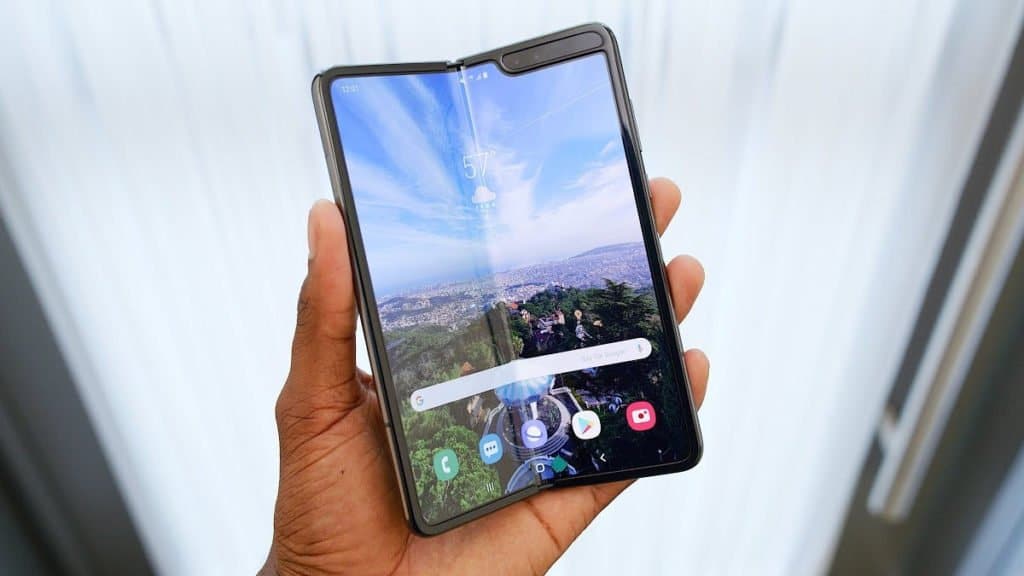
Come on, you all know this flop. I've never seen a launch like the Samsung Galaxy Fold. The cell phones purchased broke within a week. Practically EVERYONE.
There was like a little film on the phone and everyone thought it was for protection. It wasn't for protection. It was part of the phone. How Samsung thought this device was ready for launch, much less as such a high profile device, remains a mystery today. The company reworked the project and released it again later, but the damage was enormous.
Google+

This stellar flop is also well known. For the magnitude of the collapse, for Google's therapeutic persistence in trying to save it, and for a dozen other absurd reasons. Nearly three and a half years after opening its doors to the public it was impossible to name a single person who had built a real following on Google+, or a story that went viral on Google+, or anything good on Google+.
Paradoxically, we must "thank" the enormous violation of privacy that occurred in October 2018, which definitively took it away from us.
Google Tango
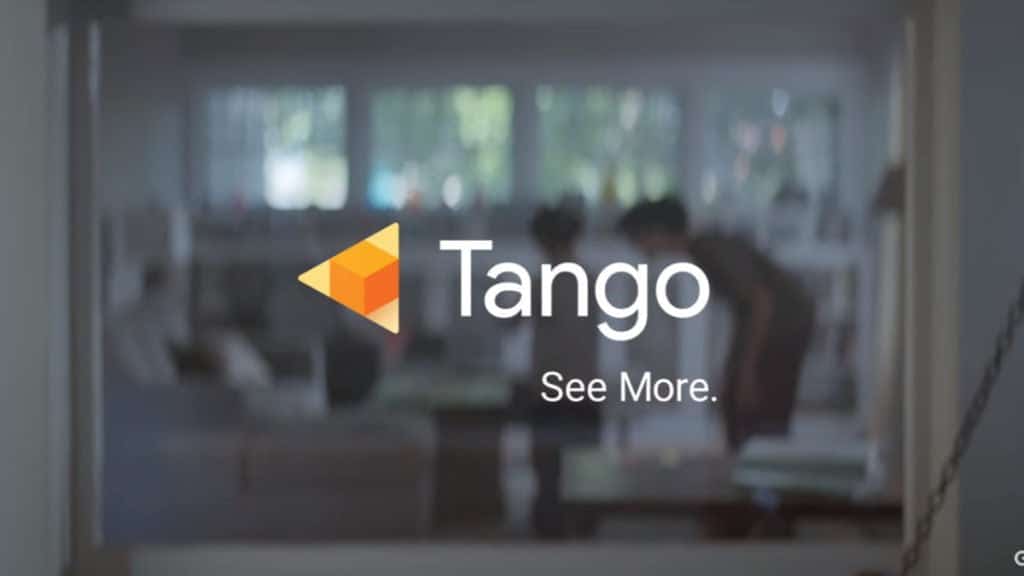
For tango it takes two, but Google has never found a partner to break through the world into augmented reality. Too bad, given that Project Tango has always had potential.
Launched in 2014, it took a new approach to AR focused on localizing a device's position in space (like the human sense of proprioception). Google's plan was to build the core technology, then let phone makers and developers build the consumer products.
In the end only two companies (Lenovo and Asus) accepted Google's appeal, but they created devices that absolutely did not live up to expectations. In 2017, Google shut down Tango in favor of its more traditional ARCore augmented reality framework.
Lily Drone
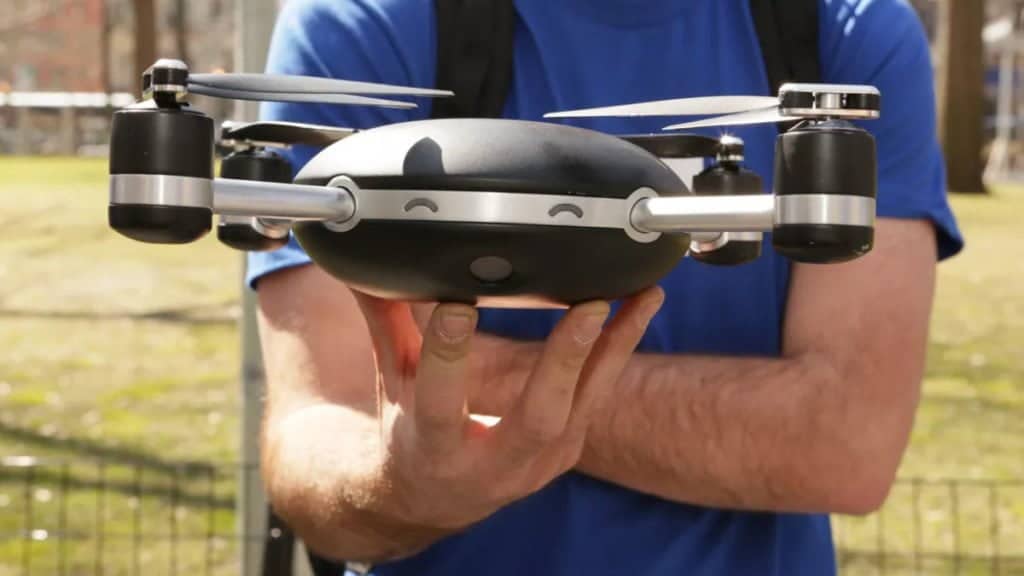
A completely waterproof drone that can follow you down a mountain, take off when you throw it in the air and automatically take your photo sounds like the best ever today, let alone in 2015. Well, it was a crowdfunding disaster. After years of hype and anticipation, it was revealed that the company's promotional video was a fake.
Lily Robotics has never shipped a single unit of the 60.000 pre-ordered, and was subpoenaed by the San Francisco District Attorney's Office. Although the company received $34 million from its backers and another $15 million in venture capital, many of these backers never received a refund.
The Facebook Phone

The early years of 2010 were great for Facebook, but perhaps they fooled Zuckerberg who was struck by a slight form of delirium of omnipotence. Making phones with a dedicated Facebook button? Madness. The Menlo Park house teamed up with HTC to launch Status and Salsa, two frankly ignoble phones.
Not content with the first two tech flops, the two companies made three of a kind with HTC First, which was kind of Frankenstein. To be clear, an Android device with a personalized Facebook Home skin. Embarrassing meteors, disappear almost immediately.
wine
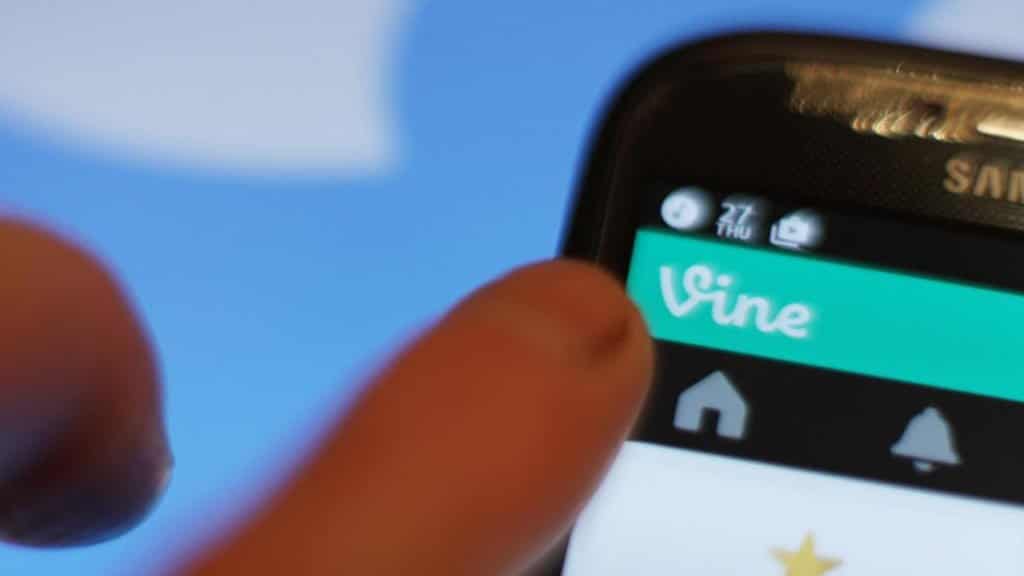
Before it was a failure, Vine was a glorious cultural engine. The 6-second looping videos invented by the app have become a launching pad for comedians and musicians, while also introducing countless priceless memes. No defunct social network is remembered more fondly.
Unfortunately for Vine it was purchased by Twitter, who perhaps never knew what to do with it, and certainly never understood it. The New York Twitter team languished while the San Francisco team focused on more pressing issues, including unprofitability. Vine itself stopped growing when Instagram introduced videos and ads. Influencers abandoned the app and in 2016 it became a wasteland. She lives on in its spiritual successor, TikTok.
AirPower

Apple is usually associated with some of the best engineering and design projects, as well as with some really important technological flops. For a long time, however, Apple hasn't made a big mistake: for this reason AirPower can be considered the biggest recent failure of the Cupertino house.
Announced alongside the iPhone Apparently getting these technologies to work simultaneously was more difficult than expected, and a year and a half after the announcement of its creation, AirPower was unceremoniously canceled by the company.
Ouya

Ouya seemed like a good idea. Launching at a time when mobile hardware was rapidly improving but games weren't really using it, the startup proposed sticking an Nvidia Tegra 3 chip in a sleek $99 Yves Behar-designed box. The package included a game controller and demo games. Ouja has raised over $8 million on Kickstarter and is still the tenth most funded project in the platform's history. Unfortunately the controller was terrible, the software was baked and the store didn't have any worthwhile games. One of Kickstarter's biggest successes turned into the biggest real-world failure.
Samsung Bixby
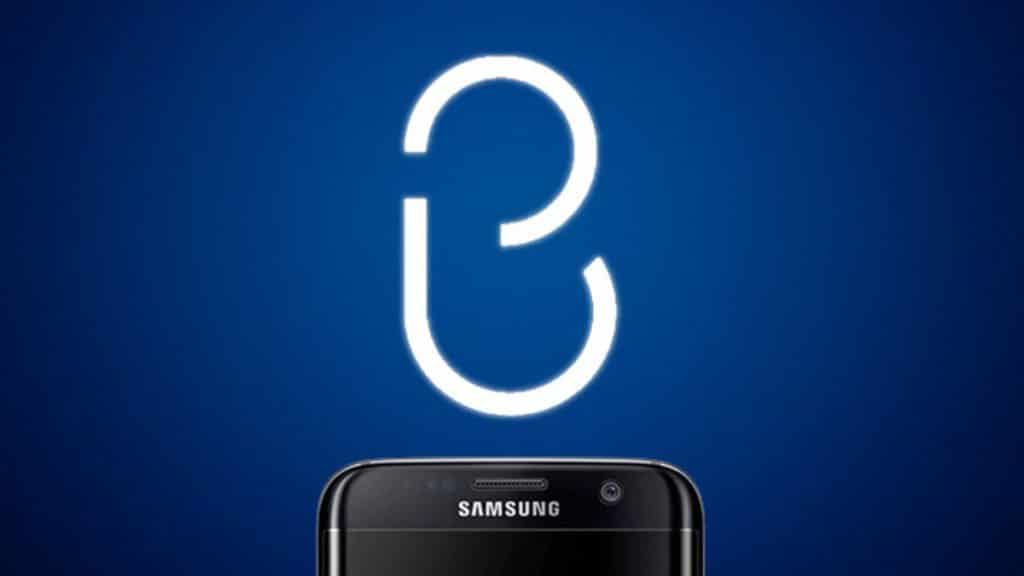
Apple had Siri, Amazon had Alexa, Microsoft had Cortana, Google had Google Assistant. What could Samsung do? Voila, here comes Bixby. Samsung has done its best to make it work, even going so far as to add a mandatory Bixby button to some of its phones.
But Samsung's assistant wasn't exactly good, and had the only advantage of pissing people off by being a valuable relief valve against stress. Unlike many of the things on this list, Bixby still exists today: an assistant without a “home,” as Samsung Home hasn't been developed yet. If you meet him, avoid him.
Windows 8
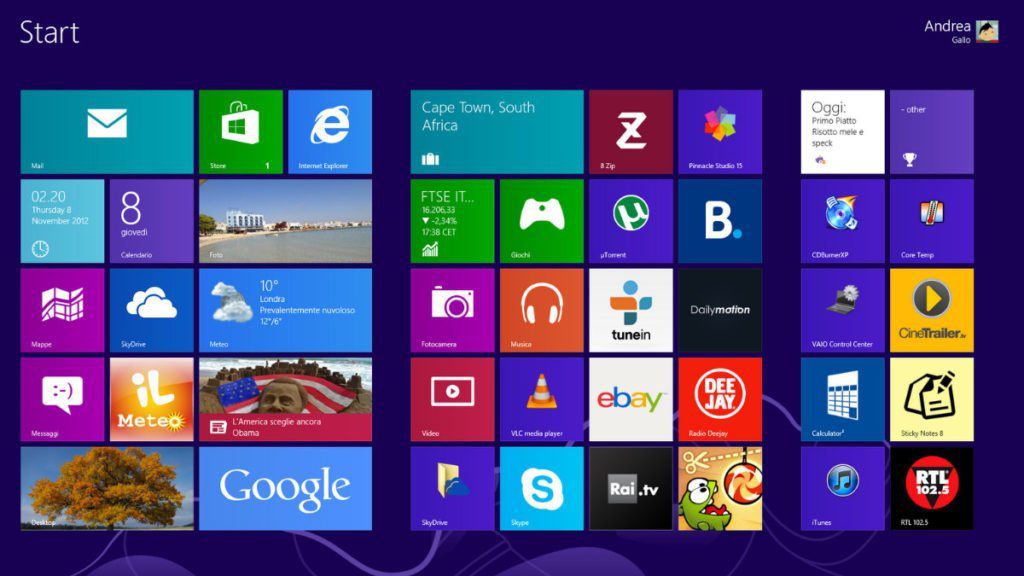
Do you want to experience the thrill of seeing the Start menu and the Windows button disappear again? Do you want everything familiar in Microsoft's Operating System to be moved around a bit? Reinstall Windows 8.
In those days Microsoft chased the iPad and went straight to touchscreens forgetting what people actually used their PCs for. Windows 8 included a UI, a full-screen Start menu, and a messy interface. Windows 10 put an end to the disaster. At least to that, I say.
Google Project Ara
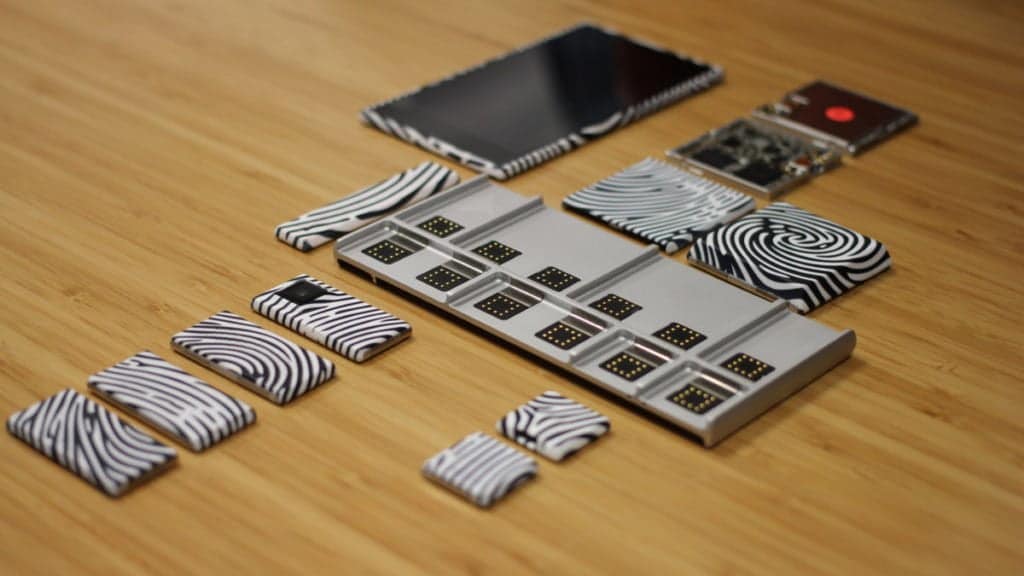
The dream of modular smartphones began in 2013 with the video concept Phonebloks by Dave Hakkens. Who would not want a portable and flexible device capable of lasting longer than the disposable designs that were seen around. Do you prefer Face ID over a fingerprint scanner? Enter the form. More speed? Insert new memory and a better processor. More beautiful photos? Change camera. Google's new Motorola division took the concept and tried them all.
The reason for the failure is not known, but the project closed in 2016. Can we say “The end of an Ara”, or is it the worst joke ever made for technological flops?
Juicero
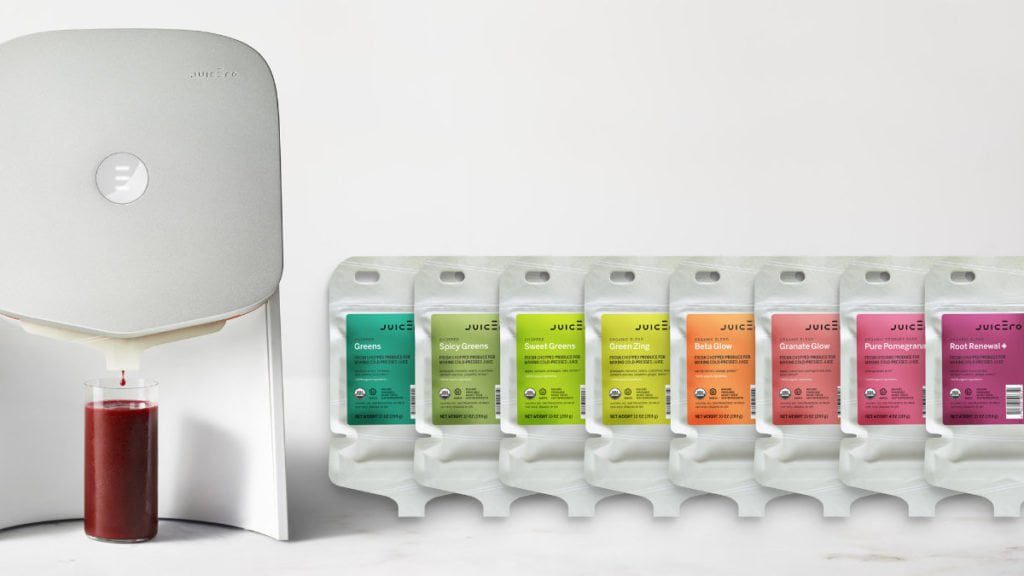
Juicero promised the juice in an envelope. Not a box of juice, how dare you? A bag of fresh fruit and vegetables sealed in a QR code verified envelope that required a $ 700 machine to squeeze it and release the juice.A bit like Nespresso but for juice.
However, investors and Bloomberg discovered that in the end the machine, the centerpiece of the entire Juicero operation, was not needed. People could squeeze juice packs by hand. By hand! Immediate closure of the company. I don't wonder why it failed. I wonder how he got funding.
The Dieselgate
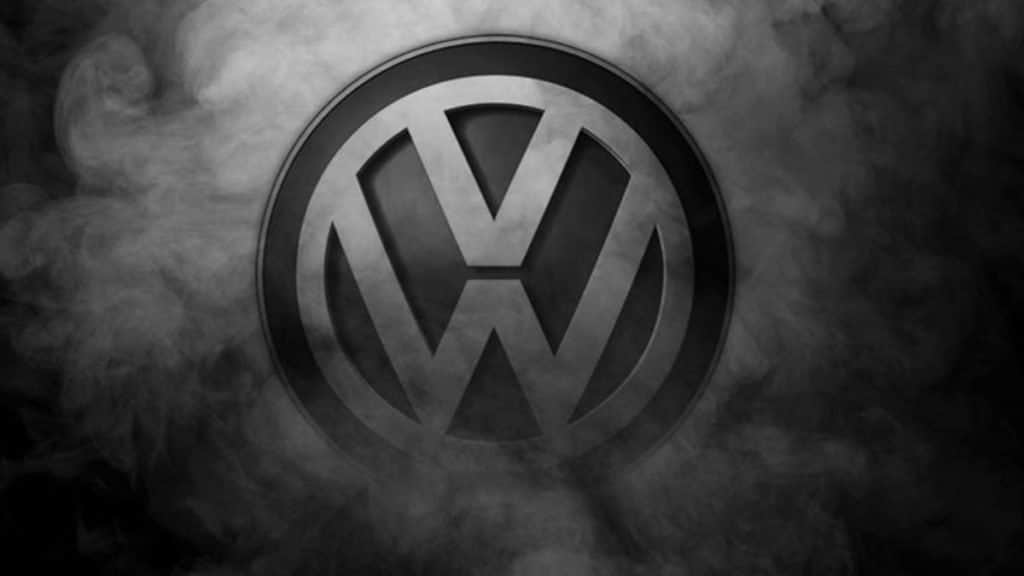
The biggest car scandal of the decade began when a group of researchers from West Virginia University ran into some anomalies in the emissions tests of a Volkswagen Jetta. Since then, almost all important VW characters have been charged with fraud in the so-called Dieselgate. Volkswagen has paid over $ 30 billion in fines since it was discovered and has promised to spend billions more in an effort to become a leader in electric vehicles. But tech flops never come alone: it doesn't seem to end here.
Hoverboards

When so-called “hoverboards” first became a trend in 2015 – teenagers and adults whizzing through the streets like floating statues, barely moving any faster than if they had just walked – the sense of ridiculousness was already strong. Where was the Back to the Future levitation we were promised? Whether it's humiliation or simply thearrival of more practical electric scooters, it seems that hoverboards have evaporated quickly becoming the fastest technological flops to fade. I often see them on high discount online sites, and in my scrapbook (the hoverboard that Google gave to my agency and which produced memorable falls is famous).
The Fyre Festival

When tech flops are really, really epic: I still have before my eyes the images of the incredible Netflix documentary that tells what happened.
The year is 2017, and in extreme summary: Billy McFarland organizes an expensive festival with the rapper Ja Rule, he doesn't plan ANYTHING, he finds himself with a sea of people booked (with mind-boggling tickets), he spends the money on himself and the influencers who promote the event. When participants arrive on the exclusive island and start tweeting photos of their accommodations (bad tents, sad cheese sandwiches), an immediate wave of schadenfreude overwhelms the internet. A terrifying catastrophe.
The event spawned a couple of documentaries, countless blogs and kicked off a growing wave of interest in travelers that has continued to this day. We're post-Fyre in a lot of ways, especially how we talk about scams now.
Apple Maps

Tired of being shamed by Google for its maps, Apple decided to launch its version in 2012 together with iOS 6. An ambitious undertaking, given the strength that Google already had. But Apple will have made “the best Maps ever,” right? Here you are. No. Apple Maps was buggy, lacked public transportation information, and in some areas and countries offered literally nothing but blanks or errors. The venture ultimately led to a massacre of Apple executives, and the company would spend the rest of the decade trying to build a true competitor to Google Maps.
Seven years later, Apple Maps was rebuilt from scratch. As of September 2019, directions (this time detailed) are only offered in 10 cities around the world, while Google has sent Street View practically also in space. Good luck in the remuntada!
3D TVs

Coming off the massive hit that was “Avatar” in 2009, 3D TV was supposed to bring a new level of immersion to the way people watched movies in their living room. I smell tech flops.
But unlike cinemas, where 3D projections are still quite common, the effort to bring that same experience home has failed miserably. Let's face it: nobody wants to wear 3D glasses while sprawled on the sofa. And the screen sizes of most televisions don't show 3D in the same way that content comes out of a giant movie screen.
Television companies continued to support 3D for several years, and there was a decent selection of 3D Blu-rays to choose from. In the second half of the decade the industry gave up on the dream and moved towards HDR and other image enhancements that don't require glasses. Some don't even require a view.
The Google Glass

The debut was spectacular: Google co-founder Sergey Brin took the stage during an event in 2012 to show viewers a live stream of paratroopers wearing Google Glass as they landed on top of the convention center.
These glasses would change the world, he said. And they could have if they hadn't scared people so much. A camera always on you? What about privacy? How do we focus the images? Is it true that wearing them causes terrible headaches? Google keeps the dream alive with professional versions and for medical projects, but perhaps the world is simply not ready.
Galaxy Note 7

When Samsung's Galaxy Note 7 was first reviewed, the engineers went crazy. How beautiful he is, how strong he is. The most well made smartphone ever. Then the first one exploded. In the space of just two weeks, another 35 devices followed and caught fire like this: poof, like nothing. One even on a plane, resulting in a ban on all flights. Samsung took action by withdrawing all the devices and replacing them with different terminals. Rather than end up in an abyss, he threw his "degenerate" creation into it, guaranteeing his survival. Then (go back to point 20) he returned to the crime scene with the Galaxy Fold. He who is born round does not die square.
The queen of tech flops: Theranos

We really know everything about this flop too: valued at 9 billion dollars and apparently ready to revolutionize medicine, Theranos went bankrupt in 2018. It promised a revolutionary blood test, so easy you could do it in a pharmacy. Then the Wall Street Journal revealed that the company's proprietary blood test didn't work. CEO and founder Elizabeth Holmes had deceived everyone, executives and customers, by using standard blood tests instead of the product she was selling. A giant scam. Holmes was later indicted for fraud and earlier this year her lawyers said she had not received payments for months.


